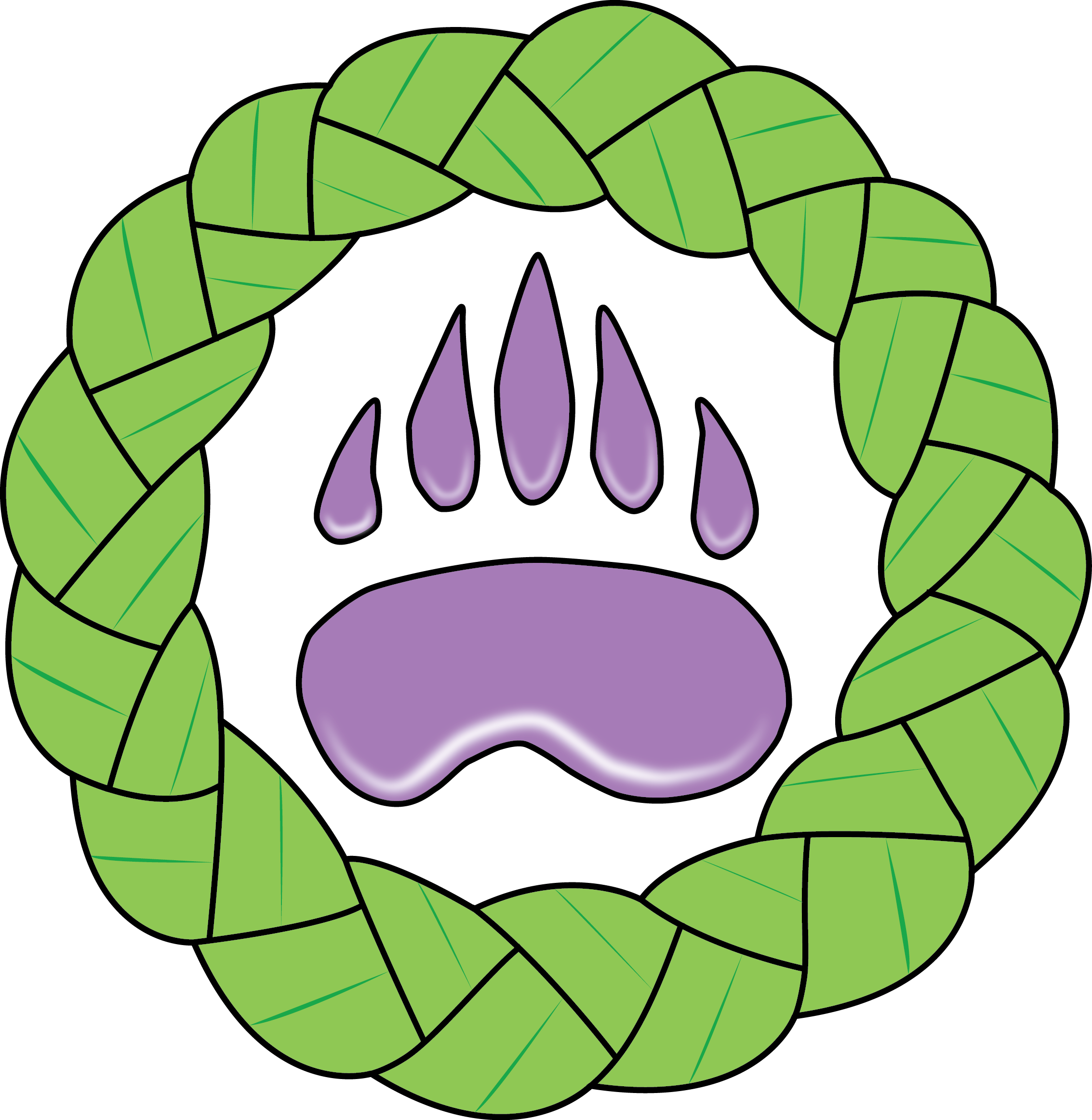Understanding the Psychological Impact of Viewing Strip Chat Couples and How to Cope
Updated on August 27, 2025
The internet has transformed access to adult content, with live interactions featuring live couples webcam growing exponentially. While these platforms cater to fantasies and curiosity, their psychological effects are rarely discussed. This in-depth exploration covers the mental health implications, underlying motivations, and actionable strategies for healthier habits.
The prevalence of adult webcam platforms like Strip Chat couples reflects a shift toward digital intimacy, but its consequences are profound. Viewing live couples on webcam often triggers emotional turbulence—from temporary euphoria to lingering shame. For some, compulsive use leads to addiction, strained relationships, and neurological changes akin to substance dependency. By dissecting these impacts, we empower readers to navigate this complex issue with clarity and resilience.
The Psychological Effects of Consuming Strip Chat Couples Content
Short-Term Emotional and Cognitive Impacts
Engaging with live couples webcam creates a rollercoaster of emotions. The initial dopamine rush from novelty and anonymity can elevate mood, but this is frequently followed by guilt or cognitive dissonance, especially when actions conflict with personal values.
A 2022 study in the Journal of Behavioral Addictions found that 68% of participants experienced post-consumption guilt, particularly when usage interfered with work or relationships. Real-world anecdotes align with these findings. For instance, a Reddit user described their cycle: "The high was fleeting, but the shame lingered for hours. I’d vow to stop, only to repeat the pattern the next day." Webcam sites like Strip Chat couples https://stripchatshows.com/couples can really evoke conflicting feelings.
Long-Term Mental Health Consequences
Chronic exposure to couples on webcam can desensitize users, requiring more extreme content for satisfaction—a phenomenon mirroring substance tolerance. The World Health Organization links this to Compulsive Sexual Behavior Disorder (CSBD), characterized by loss of control and distress.
Cambridge University researchers discovered daily users were three times likelier to report anxiety or depression than occasional viewers. The isolation inherent in these interactions worsens mental health; loneliness drives consumption, which deepens loneliness. One study participant noted, "It became my only coping mechanism, but it made me feel emptier over time."
Social and Relational Ramifications
Virtual intimacy skews expectations for real relationships. Frequent viewers may struggle with authentic connections, accustomed to the performative nature of webcam interactions. Therapists report cases where partners resent comparisons to performers, eroding trust.
The American Association for Marriage and Family Therapy found that 40% of couples in counseling cited webcam use as a conflict source. One therapist shared, "Clients often realize too late that their habit created unrealistic standards, damaging intimacy with their partner."
Root Causes: Why People Turn to Webcam Adult Content
Escapism and Emotional Coping
Many use live couples webcam to escape stress, loneliness, or trauma. The instant gratification offers temporary relief but fails to address root issues. For example, a veteran struggling with PTSD might turn to these platforms to numb emotional pain, only to face compounded guilt afterward.
Sociocultural Influences
Normalization of digital adult content on platforms like Strip Chat couples plays a role. Pop culture and algorithms often glorify these platforms without highlighting risks. A 2023 survey by Pew Research revealed that 58% of young adults felt societal pressure to explore such content, fearing judgment if they abstained.
Neurological Rewards
The brain’s reward system reinforces habitual use. Each interaction with live couples webcam releases dopamine, creating a feedback loop. Neuroscientists compare this to gambling addiction—users chase unpredictable rewards, perpetuating the cycle.
Strategies for Healthier Coping Mechanisms
Mindfulness and Self-Reflection
Identifying triggers (e.g., boredom, stress) is critical. Journaling or therapy can uncover patterns. One user successfully reduced usage by replacing late-night sessions with meditation, noting, "Understanding my triggers helped me regain control."
Building Real-World Connections
Prioritizing face-to-face relationships counteracts isolation. Joining clubs or reconnecting with friends fosters genuine intimacy. A 2021 Harvard Study found that individuals with strong social ties were 75% less likely to rely on adult content for emotional fulfillment.
Professional Support
Therapists specializing in CSBD or addiction can provide tailored strategies. Cognitive Behavioral Therapy (CBT) has proven effective in breaking compulsive cycles.
